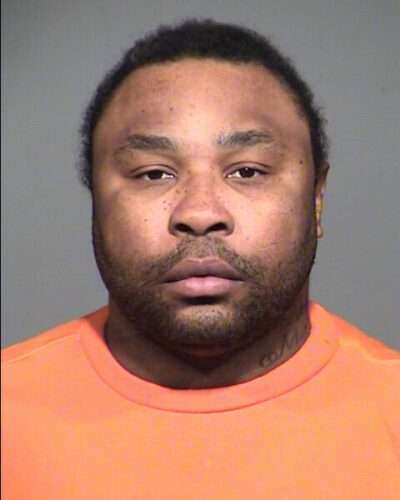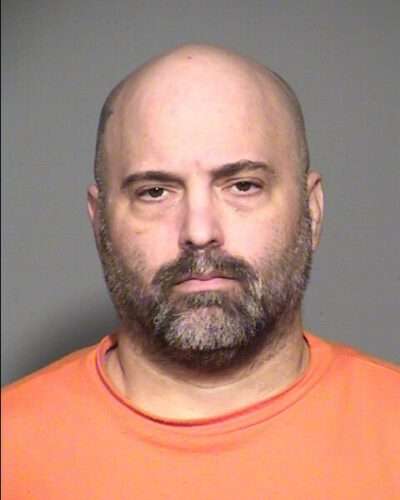Eric Boyston Arizona Death Row
Eric Boyston was sentenced to death by the State of Arizona for three murders. According to court documents Eric Boyston received a phone call that resulted in an argument. Boyston demanded his girlfriend to drive him over to the person’s home and when she refused Eric would attempt to shoot her. The woman attempted to … Read more








